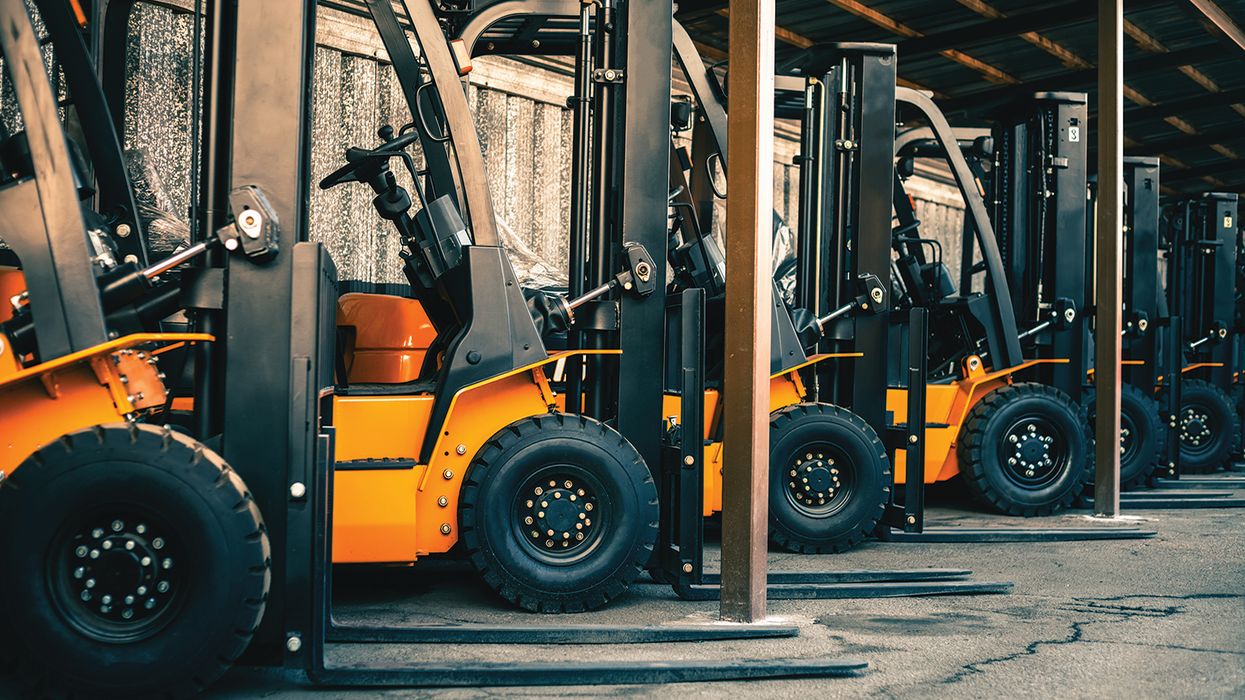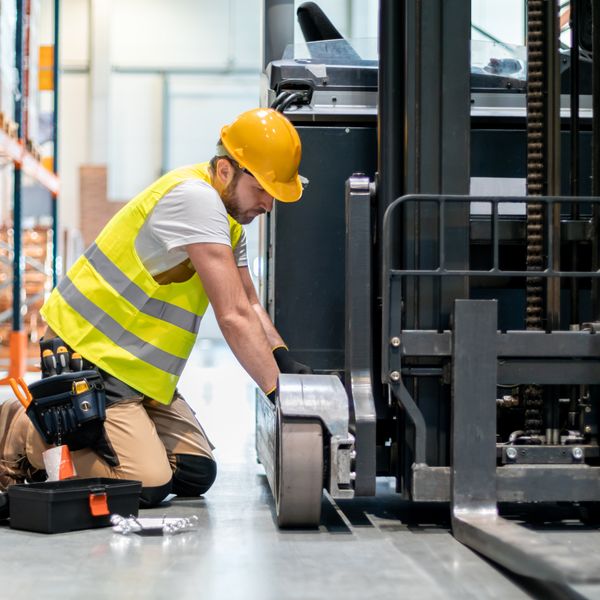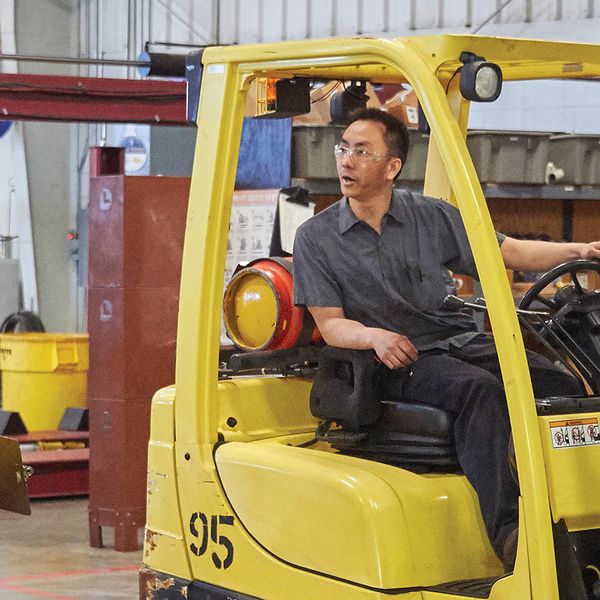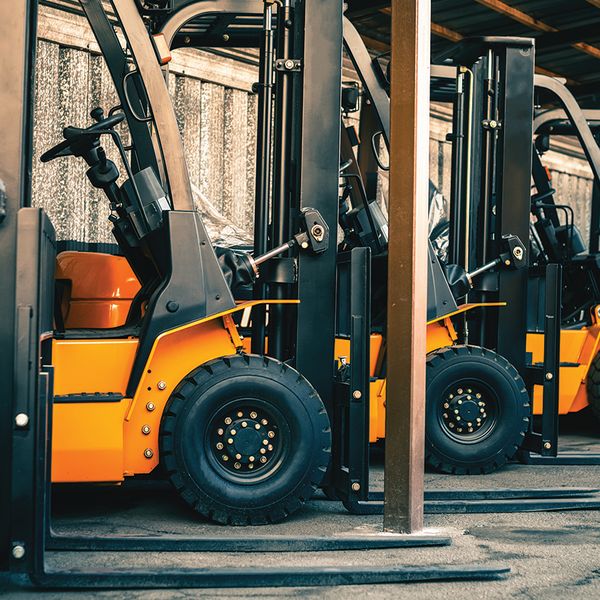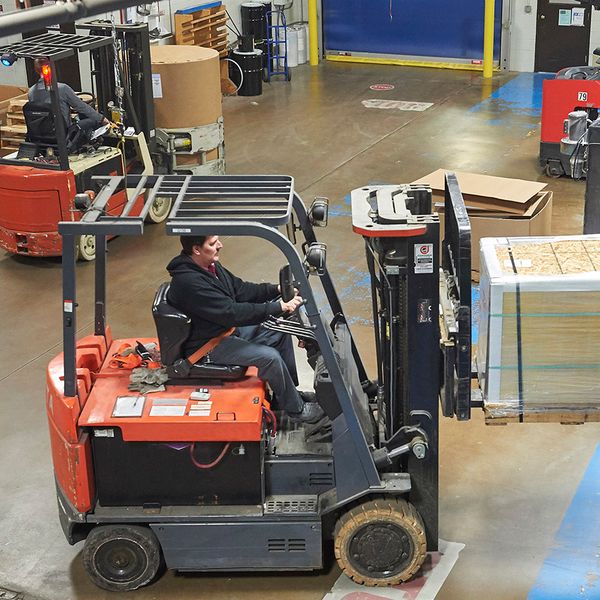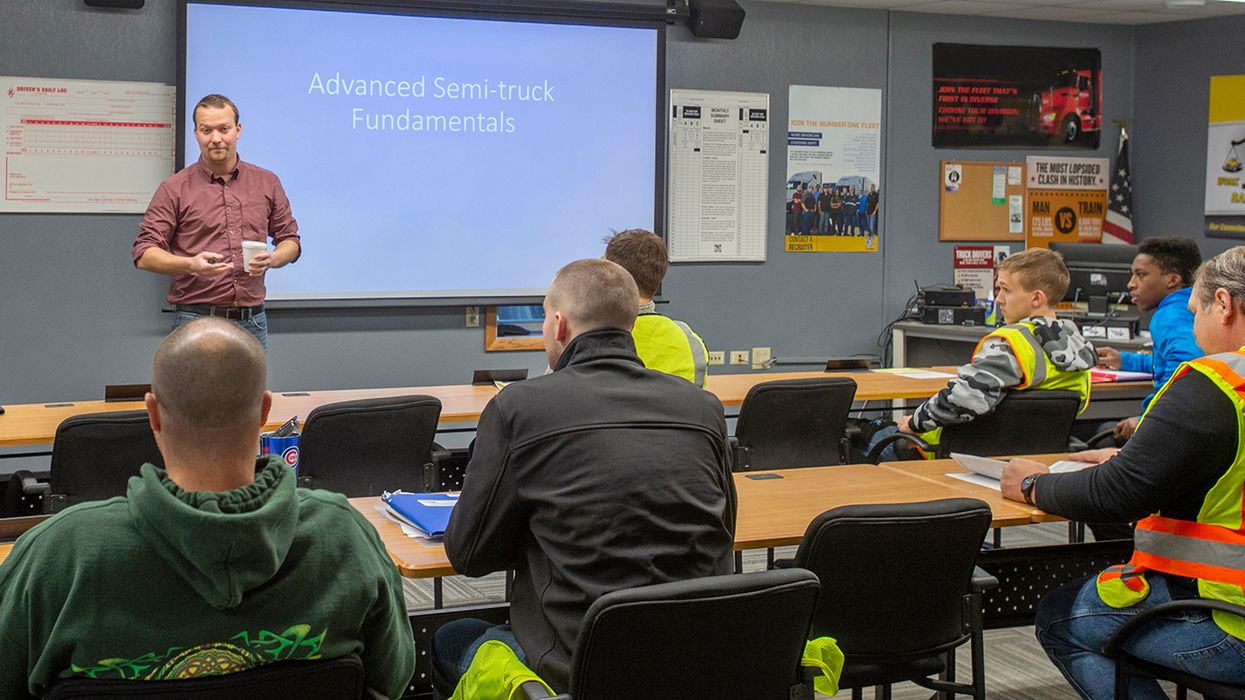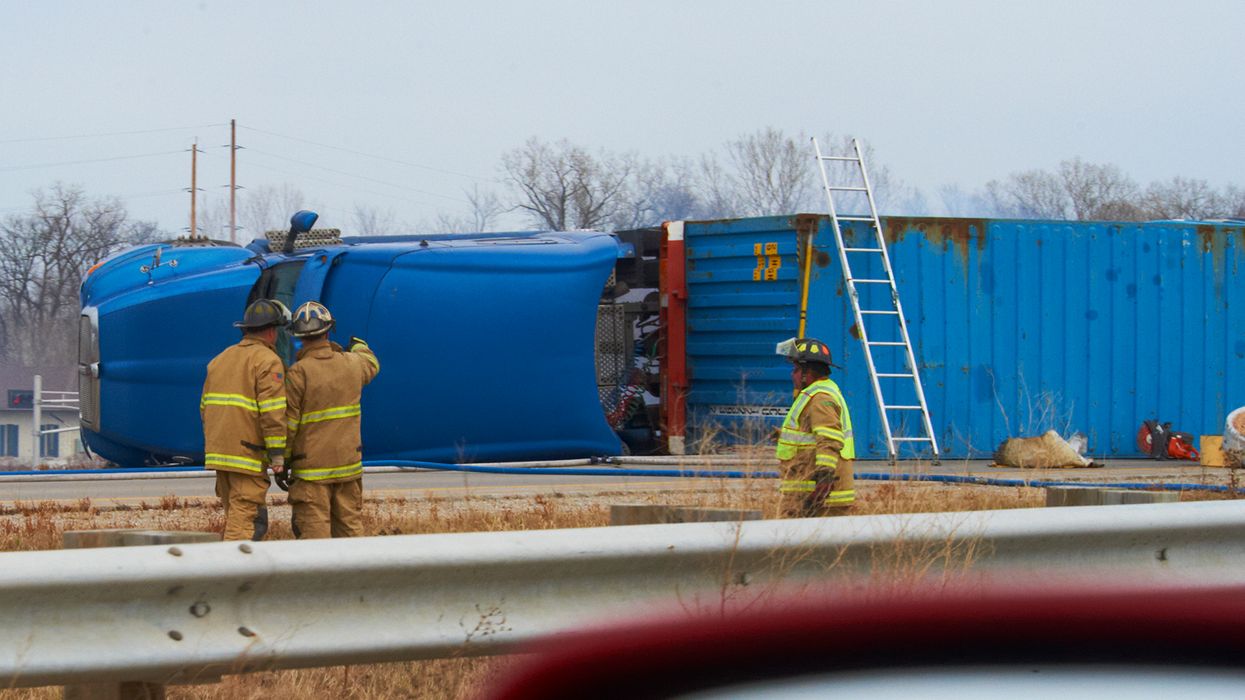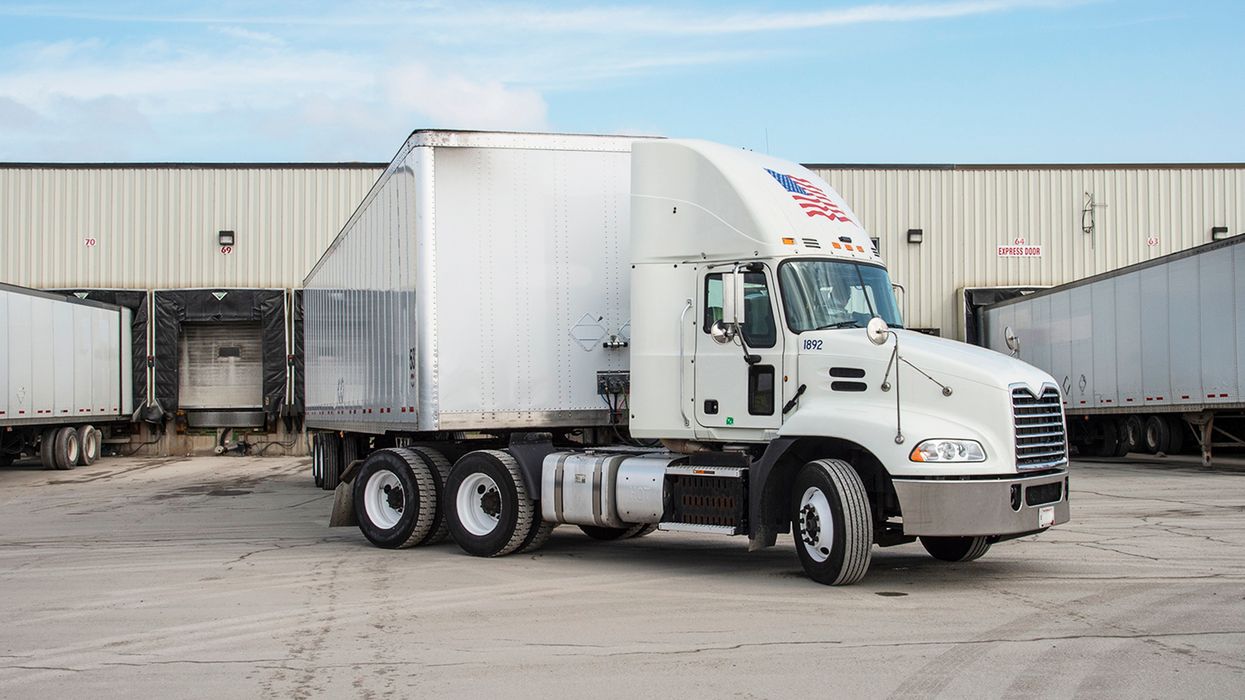Prioritizing workplace safety: understanding OSHA's daily forklift inspections
Workplace safety is a paramount concern in any industry that uses heavy machinery, such as forklifts, but do you understand OSHA’s Forklift inspection requirements? A critical aspect of forklift safety is the daily inspection process. The Occupational Safety and Health Administration (OSHA) mandates strict regulations to ensure the well-being of workers and prevent accidents.
Forklifts are indispensable tools in warehouses, construction sites, and manufacturing facilities. However, due to their substantial size and potential for accidents, it's crucial to prioritize their maintenance and safety to avoid equipment failures leading to safety accidents and property damage. OSHA's daily forklift inspection requirements aim to identify potential issues before they lead to accidents, injuries, or equipment breakdowns. These proactive measures not only protect workers but also contribute to the efficiency and productivity of operations.
Operator training and awareness
Forklift operators play a key role in maintaining safety through daily inspections. Proper training equips operators with the knowledge to recognize potential hazards and address them promptly. It's crucial for operators to understand that they have a responsibility not only to themselves but also to their fellow workers to help ensure the forklift is in safe working order.
Preventive maintenance and early detection
Daily forklift inspections serve as a form of preventive maintenance. By conducting regular checks, operators can catch small problems before they escalate into major safety hazards or costly repairs. These inspections help identify issues with brakes, tires, hydraulics, steering, and other crucial components. Addressing these problems early can prevent accidents caused by malfunctioning equipment.
Compliance with OSHA regulations
OSHA's guidelines mandate that forklift operators perform a pre-shift inspection of their vehicles before each workday. Compliance with these regulations is not only required, but it is also an ethical responsibility. Employers must ensure that operators follow these inspection protocols to create a safe work environment and avoid penalties for non-compliance.
Key components of daily forklift inspections
OSHA's daily forklift inspection checklist covers several essential areas. Operators should conduct a thorough examination of various components to ensure they are in proper working condition. These components include:
• Tires: check for wear, inflation, and damage.
• Brakes: test the service and parking brakes for effectiveness.
• Steering: verify that the steering is responsive and smooth.
• Hydraulics: inspect hydraulic systems for leaks, proper operation, and responsiveness.
• Forks and attachments: examine the forks, load backrest, and any attachments for damage or misalignment.
• Controls: test all controls for proper functioning, including lift, tilt, and horn.
• Lights and signals: ensure that all lights, including headlights and turn signals, are operational.
• Seatbelts: check the seatbelt for wear and functionality.
• Fluid levels: inspect oil, coolant, and hydraulic fluid levels, topping up as necessary.
• Battery: examine the battery for damage, cleanliness, and secure connections.
• Excessive play: ensure there is no excessive play in the steering wheel, pedals, or controls.
Documentation and record keeping
Maintaining accurate records of daily forklift inspections is essential for both compliance and accountability but is not technically required by OSHA. It is a best practice that is highly encouraged by OSHA because these records serve as proof the inspection was completed and help ensure consistency between operators. In case of incidents or accidents, thorough documentation can demonstrate that the equipment was working as intended at the beginning of the shift.
Collaborative efforts for safety
OSHA's daily forklift inspection guidelines require a collaborative effort between employers, operators, and maintenance personnel. Employers must provide adequate training, resources, and support to ensure that inspections are carried out effectively. Operators should perform inspections diligently, while maintenance teams must address any identified issues promptly.
Key to remember
OSHA's daily forklift inspections are a fundamental aspect of maintaining workplace safety and compliance. By adhering to these regulations and following the outlined inspection process, employers and operators can contribute to a safer work environment. Regular checks not only prevent accidents and injuries but also extend the lifespan of the equipment and enhance operational efficiency. Ultimately, prioritizing daily forklift inspections supports the shared goal of ensuring the well-being of workers and fostering a culture of safety in the workplace.

